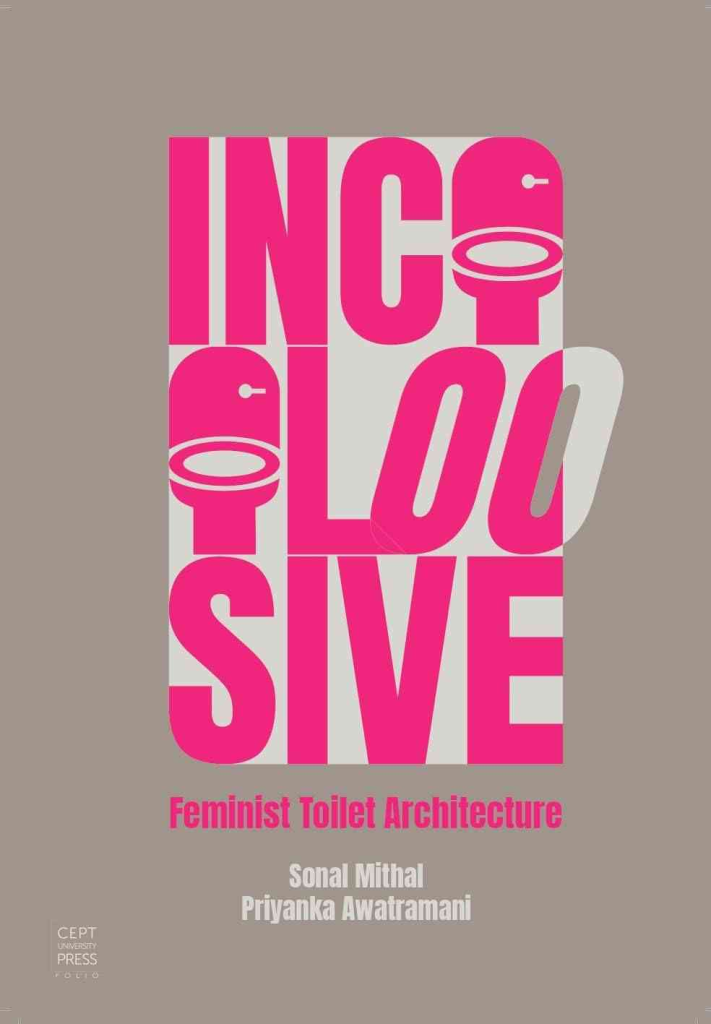Posted On June 24 2025
Total Post Views :- 242
In this exclusive session, Ar. Sonal Mithal shares experiences mapping various derelict and ruined industrial sites to explore their potential for adaptive reuse. Further, Sonal discusses an evolving methodology for mapping urban and historical sites through a feminist lens. Focusing on Kesar Bagh, a former garden-palace complex in Lucknow. Though popularly known as the palace of Nawab Wajid Ali Shah, research reveals that Kesar Bagh functioned more as a feminized garden space that supported queer, performative, and inclusive social dynamics. The talk centers on Sonal’s studio at CEPT University, where students collaborated to map the spatial, ecological, and political transformations of Kesar Bagh over time.
The process involved uniformizing and spatializing diverse datasets. Further, ranging from archival texts to ecological surveys, and visualizing them through clear legends and vector-based maps. These maps expose overlapping systems of erasure, appropriation, and transformation. By treating mapping as an argumentative and analytical tool, the work reveals how space reflects and perpetuates contested politics, marginalization, and opportunity.
Key Insights on Mapping & Adaptive Reuse
Feminist Spatial Analysis: Kesar Bagh is reframed as a feminist and queer space. Here, performance, inclusivity, and embodied politics challenged colonial notions of propriety, form, and hierarchy.
Critique of Colonial Aesthetics: British characterizations of Kesar Bagh as “vulgar” stemmed from their discomfort with spatial ambiguity. The mapping exercise validates these expressions as rich and politically significant.
Mapping as Argumentation: Rather than simply representing physical form, mapping argues positions on erasure, identity, transformation, and resistance. Further, through legend design, layered data, and visual complexity, they are identified.

Uniformization and Spatialization: Effective mapping depends on simplifying diverse data sources and placing them spatially, allowing patterns and politics to emerge.
Typological Fluidity: The team mapped spatial typologies across three temporal layers, showing how functions and meanings of spaces change and overlap, forming a complex “glitch” rather than a linear narrative.
Ecological and Infrastructural Histories: By tracing historical vegetation, water systems, and soil conditions, the team demonstrated how colonial interventions fragmented previously integrated ecological systems.
Contested Ownership and Public Space: Mapping current and historical ownership revealed Kesar Bagh as a contested landscape. The search for inclusive, shared public space led to insights about the sociopolitical potential of even basic infrastructure, like public toilets.
Conclusion
Through the case of Kesar Bagh, this masterclass showcases how mapping can be a radical, feminist act, resisting dominant historical narratives and uncovering marginalized spatial histories. By turning mapping into a tool of political critique and creative reimagination, Sonal and her students reframe adaptive reuse. Moreover, the session reimagines mapping as a practice of care, argument, and resistance.
